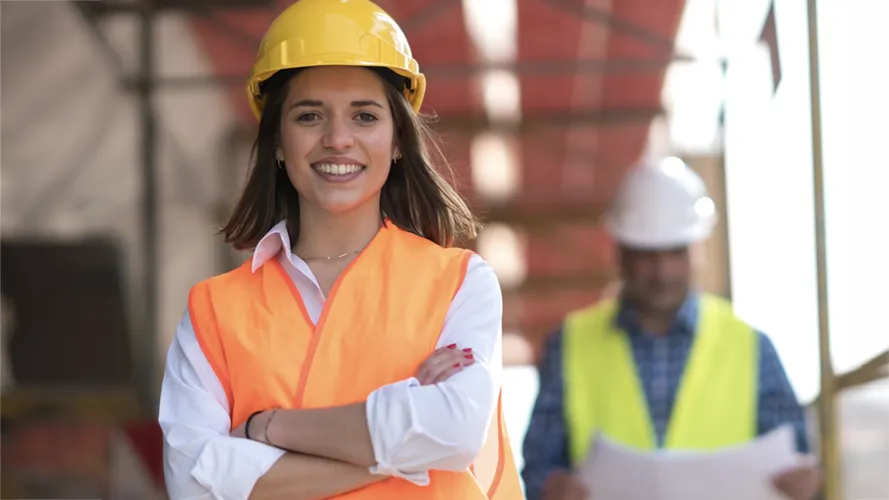Safety for Women in Construction: Empowering a Diverse Workforce
Construction, a physically demanding and historically male-dominated industry, has seen a surge of women entering the workforce in recent years. While this increased diversity brings valuable skills and perspectives, it also raises important concerns around safety for women in construction.
Best Practices for Promoting Safety and Inclusivity
To address the challenges faced by women in construction and foster a safe and inclusive work environment, implementing the following best practices is crucial:
- Training and Education: Comprehensive training programs should be provided to all employees on topics such as gender bias awareness, respectful communication, and diversity and inclusion. By raising awareness and promoting understanding, the industry can create a supportive environment for everyone.
- Proper Safety Equipment and Accommodations: To ensure the safety of women in construction, it is essential to provide PPE and equipment that fits their unique needs. Customized PPE should be made available to women, including safety boots, gloves, harnesses, and helmets designed to accommodate different body types.
- Inclusive Worksite Policies: Clear and inclusive worksite policies should be established to prevent gender-based discrimination, harassment, and exclusion. These policies should clearly outline reporting mechanisms, consequences for violations, and support systems for victims.
- Mentorship and Support Programs: Fostering mentorship and support programs can empower women in construction by providing guidance, career development opportunities, and a network of support. Mentors can offer advice, share experiences, and help navigate challenges that women may face in the industry.
FAQs on Safety for Women in Construction
Q: Are there any regulations in place to protect women in the construction industry?
A: Yes, various laws and regulations, such as Title VII of the Civil Rights Act of 1964, prohibit gender-based discrimination in the workplace. Companies must comply with these regulations and ensure a safe and inclusive environment for all employees.
Q: What can individuals do to promote safety and inclusivity for women in construction?
A: Individuals can help by challenging gender bias, speaking up against discrimination or harassment, and being supportive allies to women in the industry. Building a culture of respect and inclusion starts with each individual.
Q: How can construction companies attract and retain more women in the industry?
A: Companies can actively promote diversity and inclusion in their hiring practices, provide mentorship and career development opportunities, and create supportive work environments. Celebrating the accomplishments of women in the industry can also help attract and retain talented individuals.
Q: What resources are available for women in the construction industry?
A: Organizations like NAWIC, the National Center for Women’s Equity and Construction (NCWEC), and Women Construction Owners & Executives (WCOE) provide resources, networking opportunities, and support for women in construction. These resources can help navigate challenges and provide valuable guidance for career advancement.








